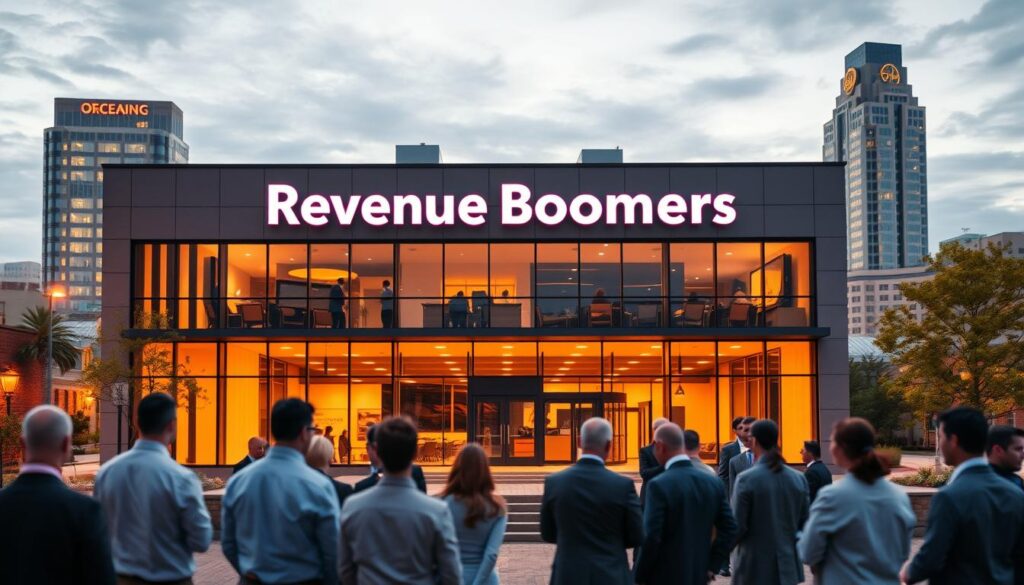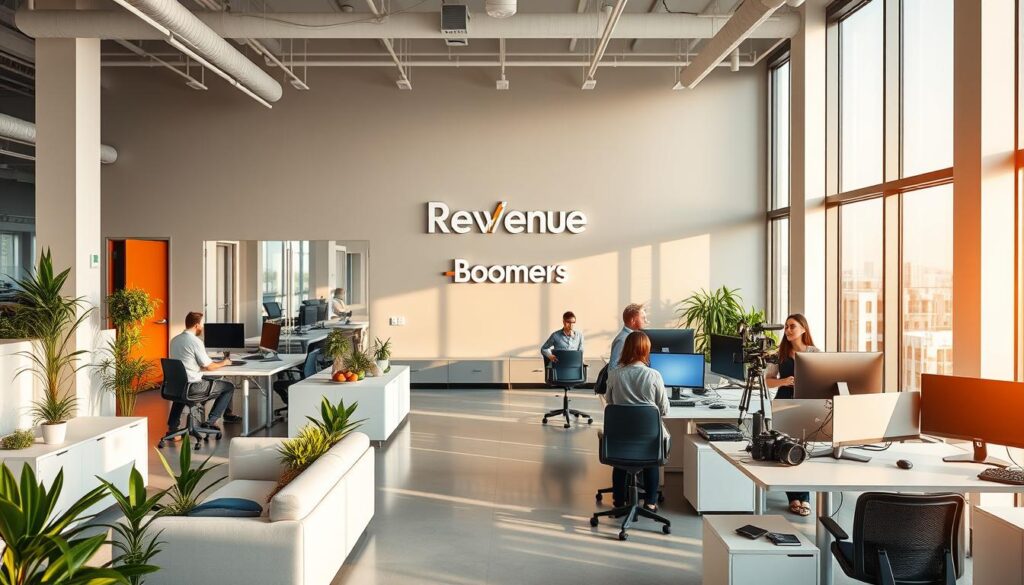Introduction
Technical SEO forms the backbone of a successful search engine optimization strategy. It focuses on optimizing the infrastructure and backend elements of a website, making it easier for search engines to crawl, index, and understand the content. Following a detailed technical SEO checklist helps identify and resolve issues that could hinder your site’s visibility in search engine results pages (SERPs). This guide provides a comprehensive checklist to help you optimize your website’s technical SEO for better search rankings. Book a free SEO consultation to get expert guidance on improving your technical SEO.
Table Of Contents
- Comprehensive Technical SEO Checklist
- Website Speed Optimization
- Mobile-Friendliness
- Secure Sockets Layer (SSL) / HTTPS
- XML Sitemaps
- Robots.txt File Configuration
- Structured Data (Schema Markup)
- Fix Crawl Errors
- Website Architecture
- Canonicalization
- URL Structure
- Image Optimization
Website Speed Optimization
Improving your website’s loading speed is crucial for user experience and search rankings. Use these steps to optimize speed:
- Minimize HTTP Requests: Reduce the number of elements that need to load on each page.
- Compress Large Image Files: Use tools like TinyPNG to reduce image file sizes without losing quality.
- Enable Browser Caching: Store common files locally in the user’s browser for faster loading on subsequent visits.
- Use a Content Delivery Network (CDN): Distribute content across multiple servers to reduce load times.
- Minify CSS, JavaScript, and HTML: Clean up your code to reduce file sizes and improve speed.
Mobile-Friendliness
With a large portion of searches happening on mobile devices, a mobile-friendly site is essential. Follow these steps to ensure your site is optimized:
- Responsive Design: Ensure your site adjusts to different screen sizes automatically.
- Use Google’s Mobile-Friendly Test: Check how well your site performs on mobile devices.
- Optimize Mobile Page Speed: Use tools like Google PageSpeed Insights to analyze mobile performance.
- Touch-Friendly Elements: Make sure buttons and links are easily clickable on touchscreens.
- Avoid Intrusive Pop-Ups: Pop-ups that block content can negatively affect the user experience.
Secure Sockets Layer (SSL) / HTTPS
Website security is a ranking factor. Ensure your site is secure by following these steps:
- Use HTTPS Across the Entire Site: Secure your website by obtaining an SSL certificate.
- Check for Mixed Content Errors: Ensure all elements (images, scripts, etc.) load over HTTPS.
- Renew SSL Certificates Regularly: Make sure your SSL certificate does not expire.
XML Sitemaps
An XML sitemap helps search engines discover important pages on your site:
- Create an XML Sitemap: Include only indexable pages and update it regularly.
- Submit Your Sitemap to Google Search Console: Ensure it’s properly formatted and up-to-date.
- Use a Sitemap Generator: Tools like XML-Sitemaps can help you create accurate sitemaps.
Robots.txt File Configuration
Your robots.txt file controls which parts of your site search engines can access:
- Check for Errors: Make sure essential resources are not accidentally blocked.
- Block Non-Important Pages: Restrict access to admin pages, login pages, and other non-essential content.
- Test Using Google Search Console: Verify that your robots.txt file is configured correctly.
Structured Data (Schema Markup)
Adding schema markup to your website helps search engines understand your content better and can enhance the way your pages appear in SERPs:
- Add Schema Markup to Relevant Pages: Use types that apply to your content, such as FAQ schema, local business schema, or product schema.
- Validate Your Structured Data: Use Google’s Structured Data Testing Tool to check for errors.
- Optimize for Rich Snippets: Structured data can increase your click-through rates by showing additional details in search results.
Fix Crawl Errors
Crawl errors can prevent search engines from indexing your content correctly. Regularly check for and resolve these issues:
- Identify Crawl Errors in Google Search Console: Look for 404 errors, broken links, and server errors.
- Set Up 301 Redirects for Deleted Pages: Redirect outdated or removed pages to relevant content.
- Resolve 5xx Server Errors: Ensure your server is functioning properly to avoid server-side errors.
Website Architecture
A well-structured website is easier for search engines to crawl and for users to navigate:
- Organize Your Content in a Logical Hierarchy: Use categories and subcategories to create a clear structure.
- Maintain a Shallow Site Structure: Ensure important pages are reachable within three clicks from the homepage.
- Internal Linking: Use internal links to connect related content and guide users through your site.
Canonicalization
Canonicalization helps prevent duplicate content issues by telling search engines which version of a page is the main one:
- Add Canonical Tags to Duplicate Pages: Use the canonical tag to indicate the preferred version of content.
- Set a Preferred Domain: Choose between www or non-www, and be consistent.
- Use 301 Redirects to Avoid Duplicate Content: Redirect similar pages to a single preferred URL.
URL Structure
A clear and consistent URL structure helps search engines and users understand the content of your pages:
- Keep URLs Short and Descriptive: Include target keywords where relevant but avoid keyword stuffing.
- Use Hyphens to Separate Words: Hyphens make URLs more readable.
- Avoid Special Characters: Stick to letters, numbers, and hyphens for clean URLs.
Image Optimization
Proper image optimization can improve site speed and contribute to better search rankings:
- Use Descriptive File Names: Name images with relevant keywords.
- Add Alt Text for Accessibility: Include alt text that describes the image for better search engine understanding.
- Choose the Right Format: Use JPEG for photos and PNG for graphics.
Frequently Asked Questions (FAQs)
How Often Should I Update My XML Sitemap?
Update your XML sitemap whenever you add, remove, or significantly change content on your site.
Is It Necessary to Have an SSL Certificate for SEO?
Yes, HTTPS is a confirmed ranking factor, and it improves user trust and security.
How Do I Check If My Website Is Mobile-Friendly?
Use Google’s Mobile-Friendly Test to see how well your site performs on mobile devices.
What Are Common Technical SEO Mistakes?
Common mistakes include neglecting mobile optimization, having slow page speeds, and leaving broken links unchecked.
Can Schema Markup Improve My SEO?
Yes, schema markup helps search engines understand your content better and can lead to higher visibility with rich snippets.
Optimize Your Technical SEO With Expert Help
Following a comprehensive technical SEO checklist ensures your website is optimized for both search engines and users. Every step—from speeding up your site to fixing crawl errors—plays a vital role in improving search rankings. Schedule a consultation with Revenue Boomers to optimize your technical SEO and take your website’s performance to the next level.






